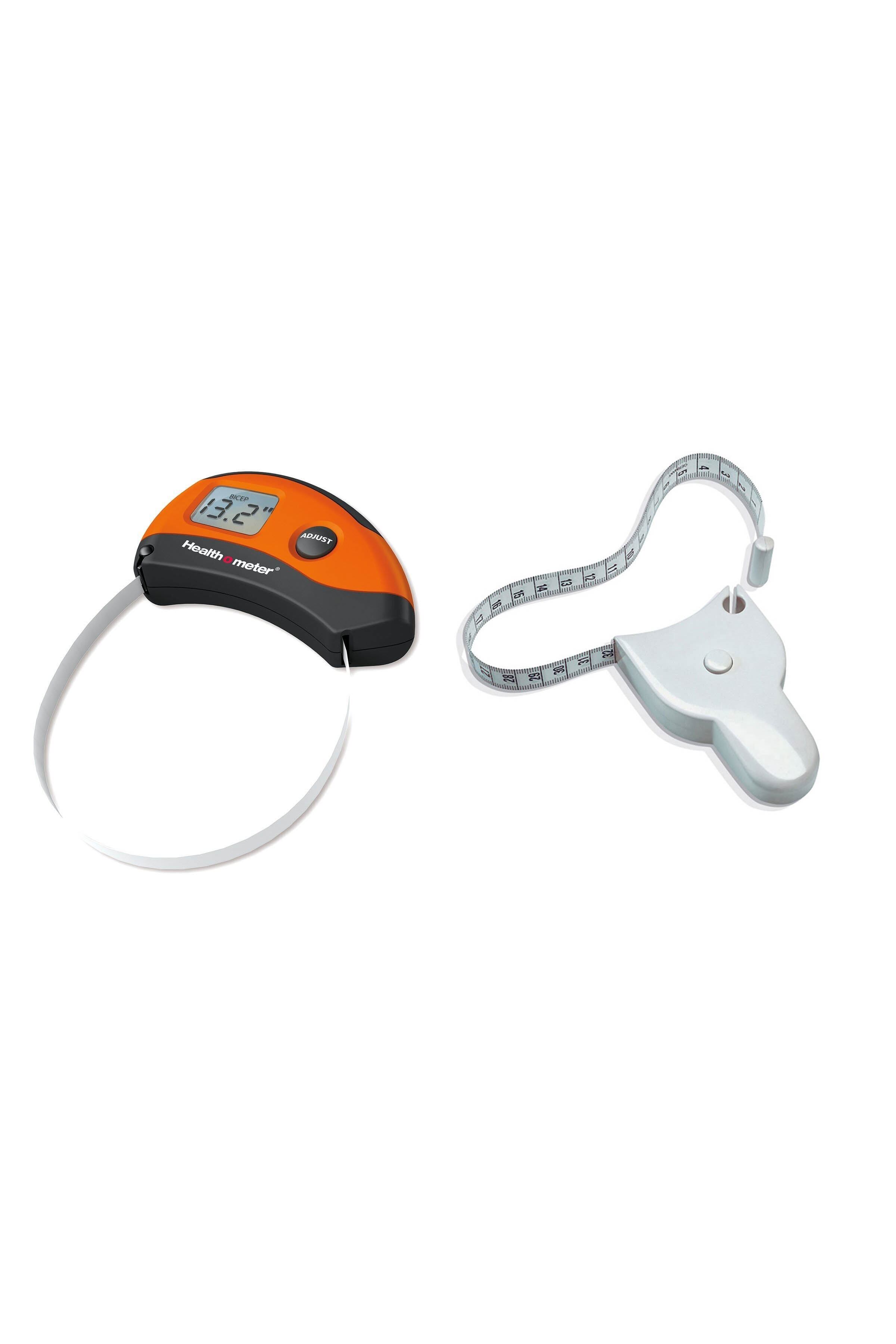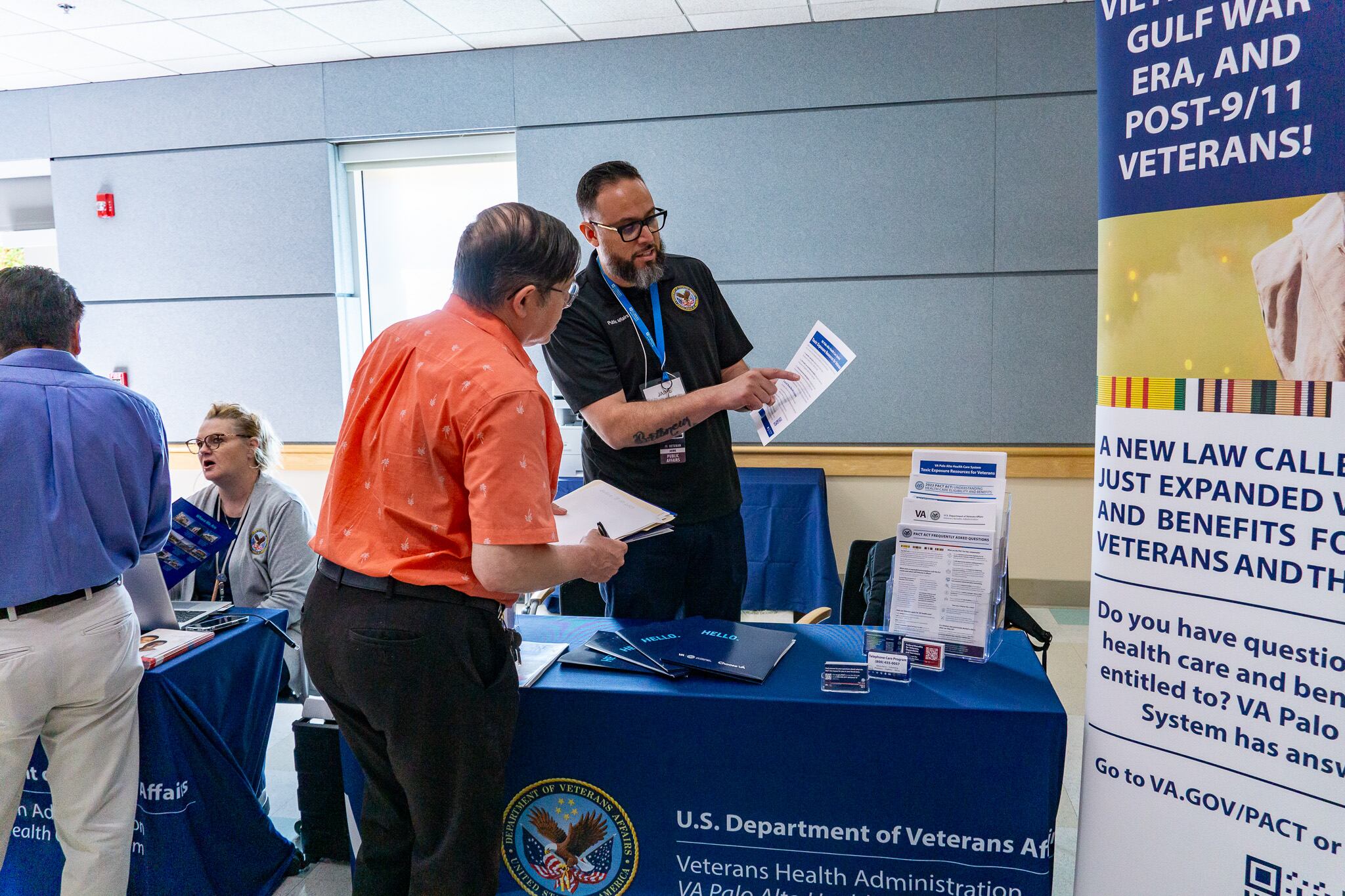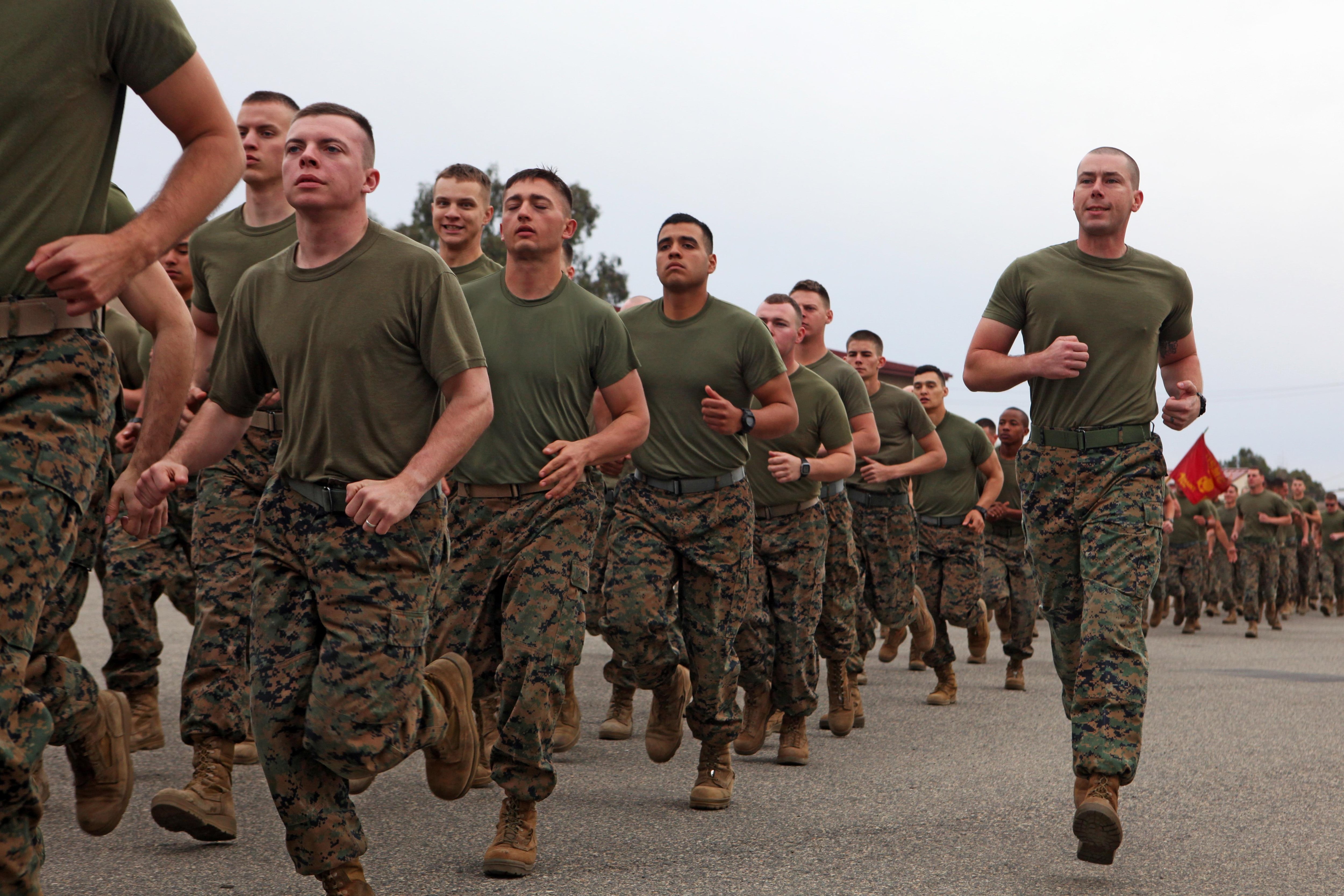Fitness buffs and female Marines are likely to Women Marines and PT studs will benefit most from recommended changes to the Corps’ body composition standards that will soon be presented to senior leadership. on the first day of an executive off-site meeting set for April 13-15 at Bolling Air Force Base, in Washington, D.C.
The proposal, which is outlined in a document obtained by Marine Corps Times, recommends that height and weight standards and body fat measurements be waived for those who max their physical fitness and combat fitness tests — an estimated 10 percent of Marines.
Recommendations would also allow a 3-percentage point margin of error in the body fat allowance for other top performers, though the threshold is not yet determined. The report suggested either Marines whose fitness scores are in the top 15 percent (295 points) or the top 25 percent (290 points).
The proposal follows a months-long service-wide fitness review led by Training and Education Command. Commandant Gen. Robert Neller obtained by Marine Corps Times, place increased emphasis on strength training. This was a driving issue for Commandant Gen. Robert Neller, who ordered the fitness review in November after muscular Marines who passed their fitness tests complained about He expressed concern that many muscular Marines who pass the PFT and have low body fat also exceeding the Corps' height and weight limits.
The brief proposal will be presented by Lt. Gen. Robert Walsh, the commanding general of Marine Corps Combat Development Command, on April 13-15 at Joint Base Anacostia–Bolling Air Force Base in Washington, D.C., D.C.and deputy commandant of Combat Development and Integration Input from senior leaders attending will be collected to further refine TECOM's recommendations, said Maj. Anton Semelroth, a spokesman for MCCDC. Final recommendations are due to the commandant by July 1.
While recommendations could change ahead of the deadline, the documents show that all Marines could soon get a break in body fat percentages.
Under the new plan, women would be allowed to weigh anywhere from 5 to 9 pounds more, depending on their height, as the Females’ allowable body mass index for female Marines could women would jump from 25 to 26 which would increase max approved allowable weights anywhere from 5 to 9 pounds, depending on the Marine’s height. The changes would only apply to women since female Marines currently face the strictest height and weight standards in the Defense Department, according to the report. Male Marines currently have the most liberal standards, the report states.
The age groups Marines are currently divided into — two of which date back to 1956 — could be split into eight. The first grouping would include Marines aged 17 to 20. Marines would then move into a new age bracket every five years until they are 51 years old. Body fat allowances would increase by one-half percentage point with each increase in age group. Each of the four age groups would be allowed an additional body fat These increase by one percentage point. For some age groups, it would be the first time body fat percentages have been increased since the standards were set in 1956. with each of the four age groups. Current age groups of 17 to 26 and 27 to 39 originated in 1956. The 40 to 45 age group was added in 1972, and the 46+ in 1997. No scientific basis exists for these age groups, according to the report. TECOM recommended breaking the four age groups into eight. This would start with Marines 17 to 20, then hit new age groups every five years following to age 51. Body fat allowances would increase by one-half percentage point with each increase in age group.
"No scientific basis exist for current age groups," the reports state. The new proposed age groups recognize age-related changes in aerobic capacity and strength.

The Marine Corps is recommending that "self-tensioning" measurement devices, such as these, be used to measure Marines' body fat.
Photo Credit: via Marine Corps
The way Marines' body fat is measured could also change.
The report calls also called for "self-tensioning" measuring devices that can be used with one hand and yield more precise circumference measurements. Officials also recommend that and said the authority to grant waivers should rest with the first general officer in the chain of command rather than personnel officials at the Manpower Management Division.
This is becoming increasingly common for females Marines, who have bulked up in preparation for pull-ups.
The recommendations come from a months-long service-wide fitness review led by Training and Education Command. Commandant Gen. Robert Neller obtained by Marine Corps Times, place increased emphasis on strength training. This was a driving issue for Commandant Gen. Robert Neller, who ordered the fitness review in November after muscular Marines who passed their fitness tests complained about He expressed concern that many muscular Marines who pass the PFT and have low body fat also exceeding the Corps' height and weight limits. This is becoming increasingly common for females Marines, who have bulked up in preparation for pull-ups.
"If you are of a certain size, you are advantaged. If you are small, you are disadvantaged. So let us take a look at it," Neller told Marine Corps Times earlier this year. Marines "are big. There are some monsters out there and I want them to stay. Nobody likes to get taped or all that stuff, so what are we going to do?"
In January, the The Navy on Jan. 1 also changed the way it measures body fat. Sailors who fail to meet the height and weight standards are now will be measured only at the waist, instead of the neck and waist. Male sailors are allowed to have a 39-inch waist and women which is now set to the Pentagon’s much looser standard of 39 inches for men and 35.5 inches for women. A male sailor who fails that test will have the waist and neck measured, while a female sailor will have waist, neck and hips measured to determine body fat. The Navy allowed sailors who failed three or more exams one more opportunity under the more lenient guidelines. This was a career-saver for roughly 2,400 sailors.





